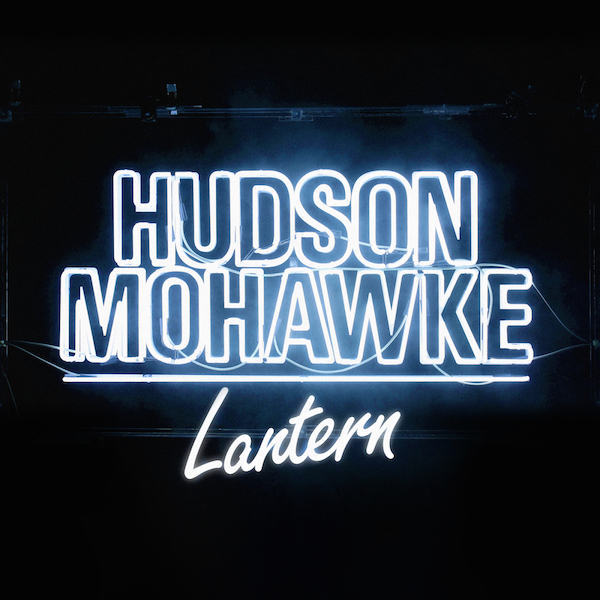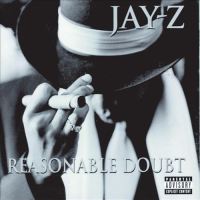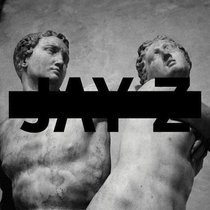Lantern
Released: June 16th, 2015
Reviewed by Erik Wermuth
Rating: 3/5
Almost two years ago, when Jay-Z’s album Magna Carta Holy Grail dropped, Hudson Mohawke tweeted that “This record could’ve came out 10 yrs ago and no one would’ve batted an eye lid”. Admittedly, the Glasgow native had submitted several beats for consideration that Jay-Z ultimately decided not to use. It should be fairly obvious that he was not in a neutral headspace about the album when it dropped, but the critique highlights one of the central conflicts in music today: now that the technology for production and distribution has advanced to the point where anyone with a computer and some time on their hands can put out a body of work, why does so much of it still sound so much the same?
It would be tempting to use Mohawke’s own words against him and his latest release, the LP Lantern, but that would be both cheap and incorrect. 10 years ago, his style alone would have (and did) raise eyebrows. After a series of mixtapes and a reality TV talent-search appearance in the mid-to-late 2000’s, the happy trapper (trappist?) started gaining a significant amount of traction, especially for an unheralded teenager out of Scotland. The work he produced during this period was hard-hitting enough to send club crowds over the edge, while providing enough passion and innovation to keep critical listeners coming back for more.
The unique blend of happy-hardcore intensity and trap rhythms that dominated his music in the last decade culminated in the prestigious Warp Records releasing his first LP Butter in 2009. The album’s combination of creative power and head-nodding accessibility made it a critical success that led to high-profile collaborations with the Canadian producer Lunice as the duo TNGHT and with Kanye West on his Yeezus album, both of which vastly increased his popularity with American listeners. It is within the context of his meteoric rise to fame and its aftermath that his most recent album Lantern must be understood.
Hud Mo is clearly a very talented producer, and nothing in Lantern shakes my faith in that. He has his sound down tight. After making waves in December with his contributions to the Rap Monument, he’s moved away from hip-hop/rap to a more R&B/soul-centered approach, particularly in terms of the artists he features such as Jhene and Antony Hegarty. He interviewed extensively in the lead-up to his sophomore effort’s release, stating again and again that he wanted to get away from his status as a trap god and move on to more interesting musical territory. This impulse, in and of itself, is an essential one for any musician who wants to develop his art. Sadly, instead of moving in new creative directions, the album sounds like a watered down version of his earlier works. Lantern lacks the immediacy and creative urgency that made early Hudson Mohawke so compelling. There are, of course, some exceptions: “Scud Books” is a strong, triumphal track, “Ryderz” has something of his old Saturday morning whimsy, and “Lil Djembe” is a short, but punchy beat that has flashes of his old brilliance. However, while none of these would be out of place in his earlier work, none measure up to the expectation of excellence he has established for himself.
Hud Mo achieved success by taking opposing genres and binding them into something greater than the individual components. Butter was so magical because he lashed two dominating musical forces together without losing the purity or energy of either. It drew praise for its accessibility, but it’s important to remember that being able to access something only matters if the content is worth accessing. Like all the best electronic music, Butter burst with inventiveness and left the listener with a real sense of passion– even when it grated, its freshness and originality were never in doubt. But praise can be toxic if misdirected, and I worry that Hud Mo heard too much about how surprisingly listenable Butter was and decided to move only in that direction on Lantern. The listener is still treated to the occasional whining treble and high hat nod to trap roots, but they serve more as a sad reminder of what was than as the basis for an exciting new direction.
Ultimately, Lantern is still a solid album by a great producer. Had it come out ten years ago, eyelids would definitely have batted. 5 years ago, less so. Coming out today it sounds like one long compromise to pop sensibilities, some of which Mohawke himself helped to create—a canned production of known quantities. The creative verve that was beneath the surface of all his releases from his first EP LuckyMe in 2005 to Butter in 2009 is mostly a no-show. The taming of his trap sensibilities that Lantern represents was a major disappointment, mostly because of how high of a bar he had set for himself. At best it represents stagnation for one of the world’s premiere electronic artists and at worst it marks the beginning of a long, slow creative death. As a cutting-edge producer, if mainstream news outlets are describing your new work as lush, listenable lounge music, it’s a safe bet that you’ve taken a wrong turn somewhere along the line. That being said, this is only his second solo album, and his side work has remained impeccable. Here’s to hoping Hud Mo can right the ship. I give Lantern an uninspired 3/5.



 Paul Simon
Paul Simon Jay-Z
Jay-Z The Velvet Underground
The Velvet Underground Ally Boutelle
Ally Boutelle
 Andrew Hinkens
Andrew Hinkens



